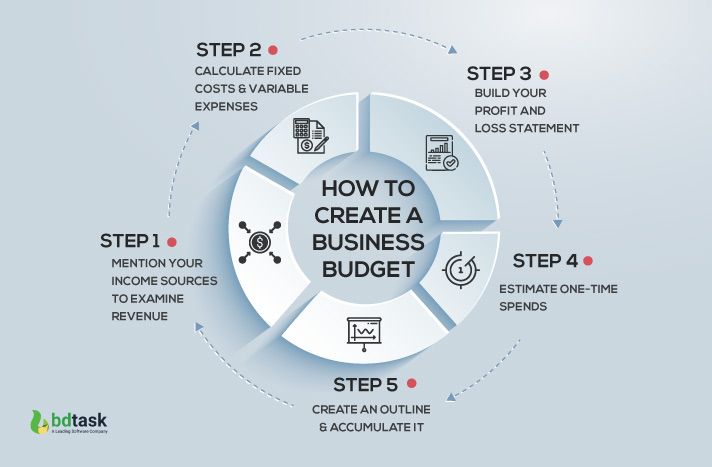
How to Create a Business Budget That Works
- 0
One of the most important aspects of running a successful business is creating and sticking to a budget. A well-prepared budget can help you track your expenses, allocate resources efficiently, and achieve your financial goals. In this article, we will discuss the steps to create a business budget that works for you.
1. Assess Your Current Financial Situation
Before creating a budget, it’s essential to have a clear understanding of your current financial situation. Analyze your income, expenses, debts, and cash flow to determine your starting point. This will help you identify areas where you can cut costs and allocate resources more effectively.
2. Set Realistic Financial Goals
Once you have assessed your financial situation, it’s time to set realistic financial goals for your business. Whether you aim to increase revenue, reduce expenses, or improve cash flow, having clear objectives will guide your budgeting decisions and keep you focused on achieving your targets.
3. Estimate Your Income
Begin by estimating your monthly income based on your current revenue streams. This includes sales, services, investments, and any other sources of income. Be realistic in your projections and avoid overestimating to ensure your budget remains achievable.
4. Track Your Expenses
Next, track your business expenses, including fixed costs (rent, utilities, salaries) and variable costs (supplies, advertising, travel). Use accounting software or spreadsheets to categorize your expenses and monitor your spending patterns. This will help you identify areas where you can cut costs and improve profitability.
5. Create a Cash Flow Forecast
A cash flow forecast helps you project your future income and expenses, enabling you to anticipate gaps in cash flow and make necessary adjustments. Consider seasonal fluctuations, payment terms, and potential risks to ensure your business has enough liquidity to cover its financial obligations.
6. Allocate Resources Effectively
Once you have a clear understanding of your income, expenses, and cash flow, it’s time to allocate resources effectively. Prioritize your spending based on your financial goals, focusing on areas that will drive growth and profitability. Be prepared to make tough decisions and reallocate resources as needed to stay on track.
7. Review and Adjust Your Budget Regularly
A successful budget is not set in stone but evolves with your business. Review your budget regularly to track your progress, identify variances, and make adjustments as needed. Be flexible and responsive to changing market conditions to ensure your budget remains effective and aligned with your business goals.
Creating a business budget that works requires careful planning, realistic goal-setting, and continuous monitoring. By following these steps and staying disciplined in your financial management, you can take control of your business finances and pave the way for long-term success.
Are you ready to create a business budget that works for you? Start today and watch your business thrive!

